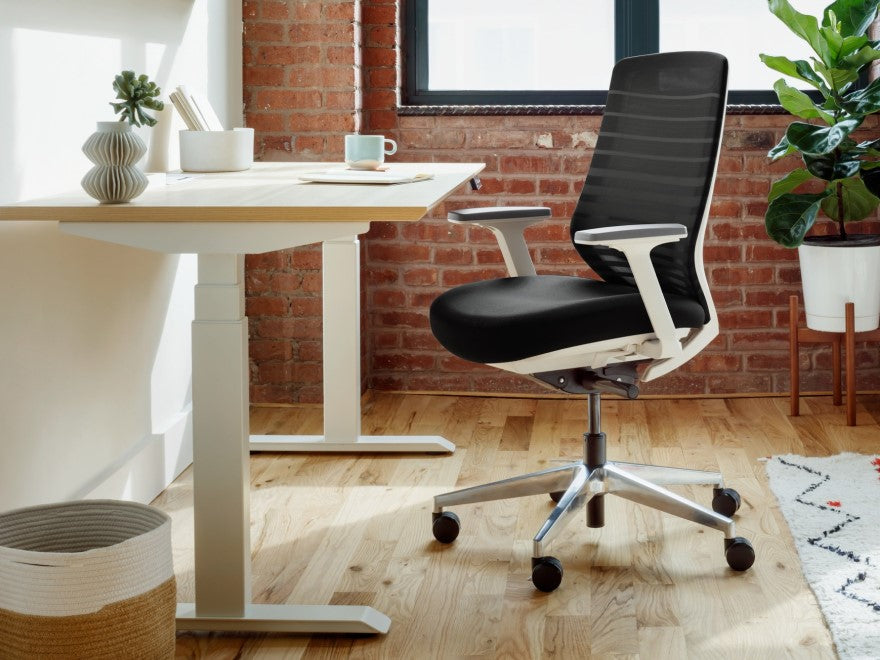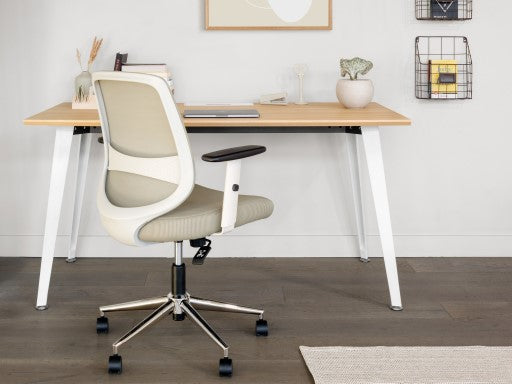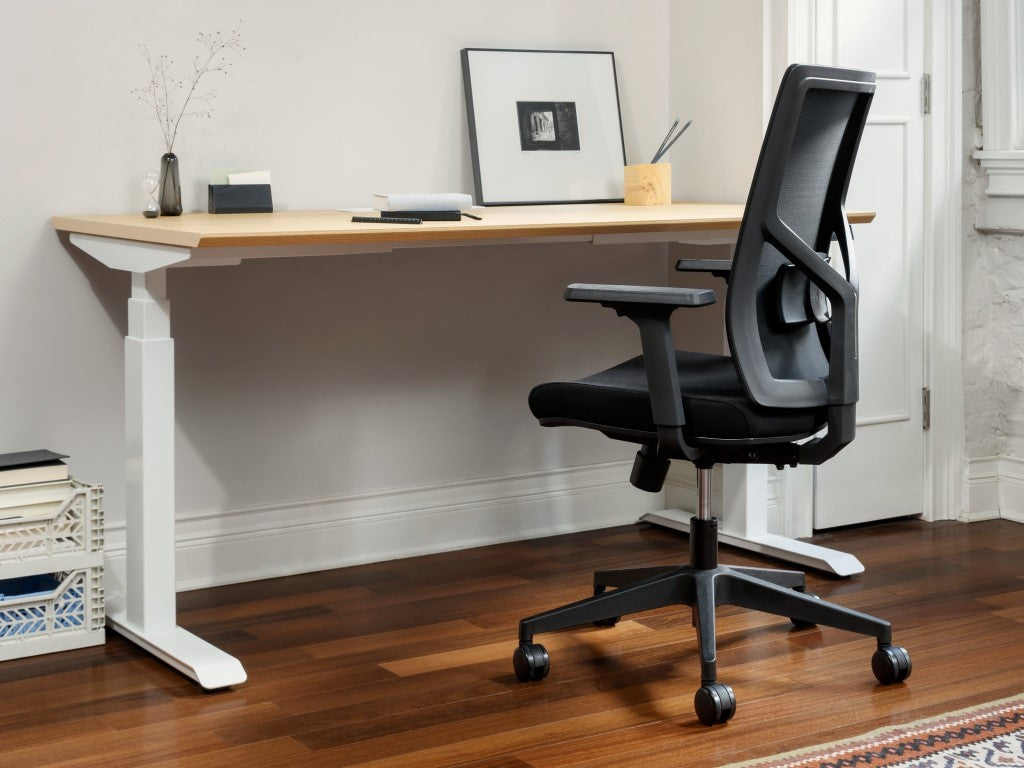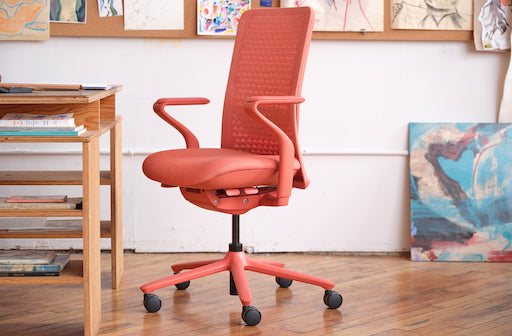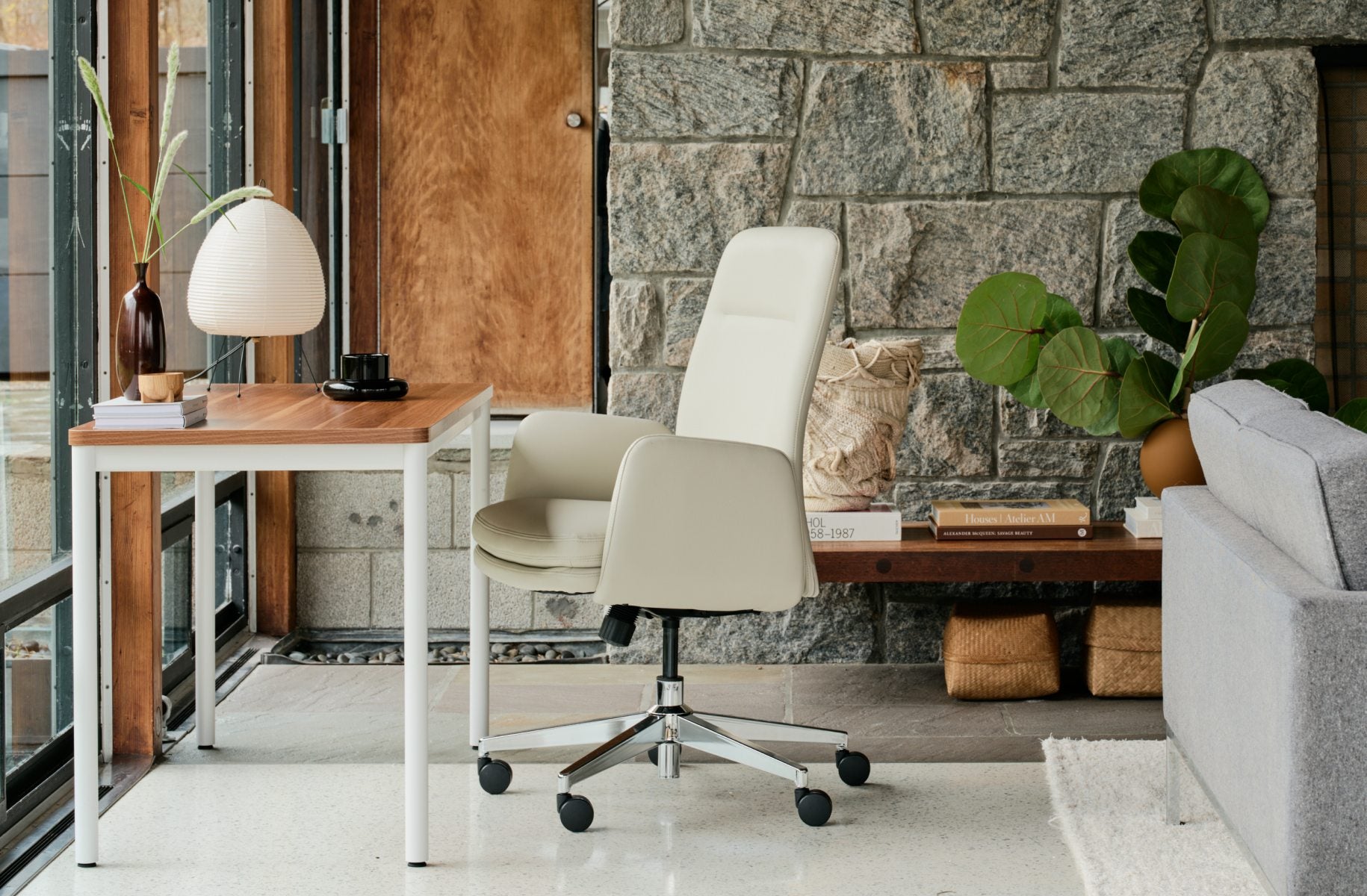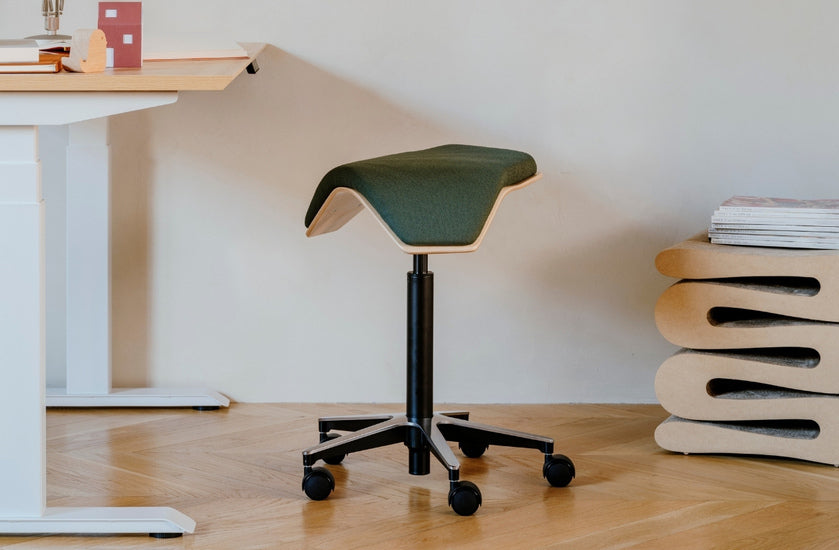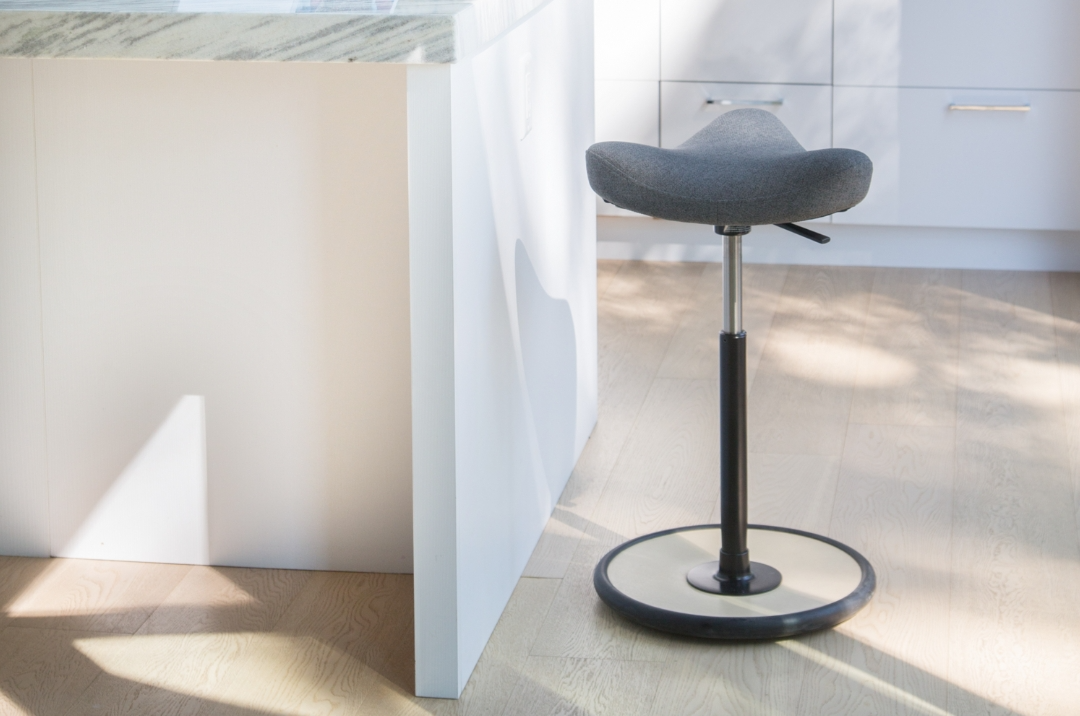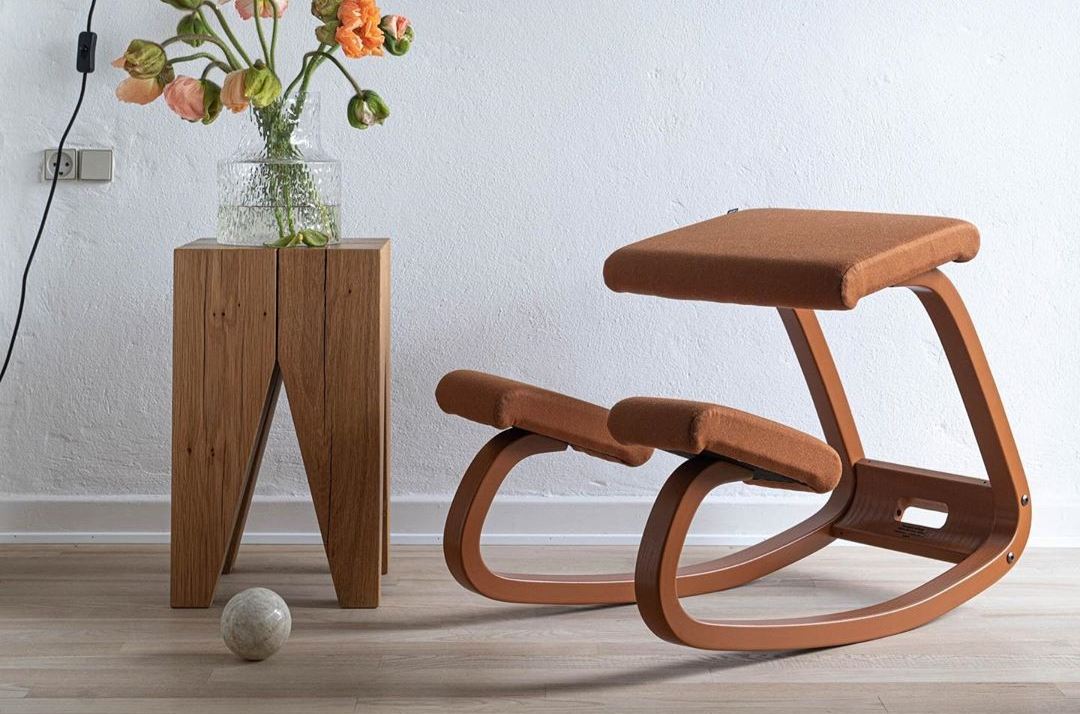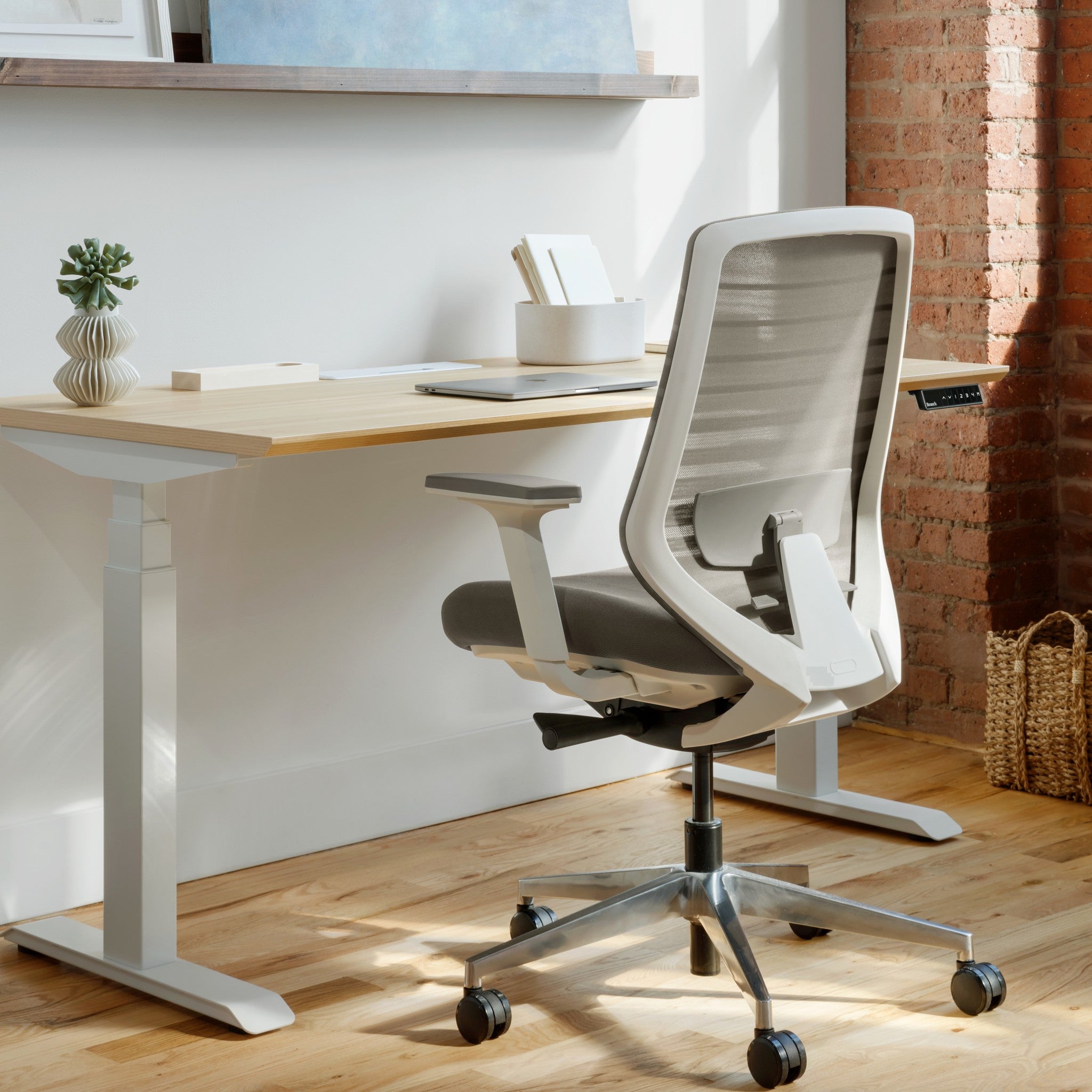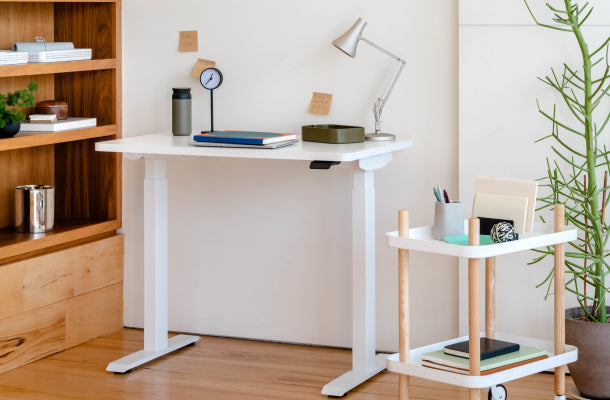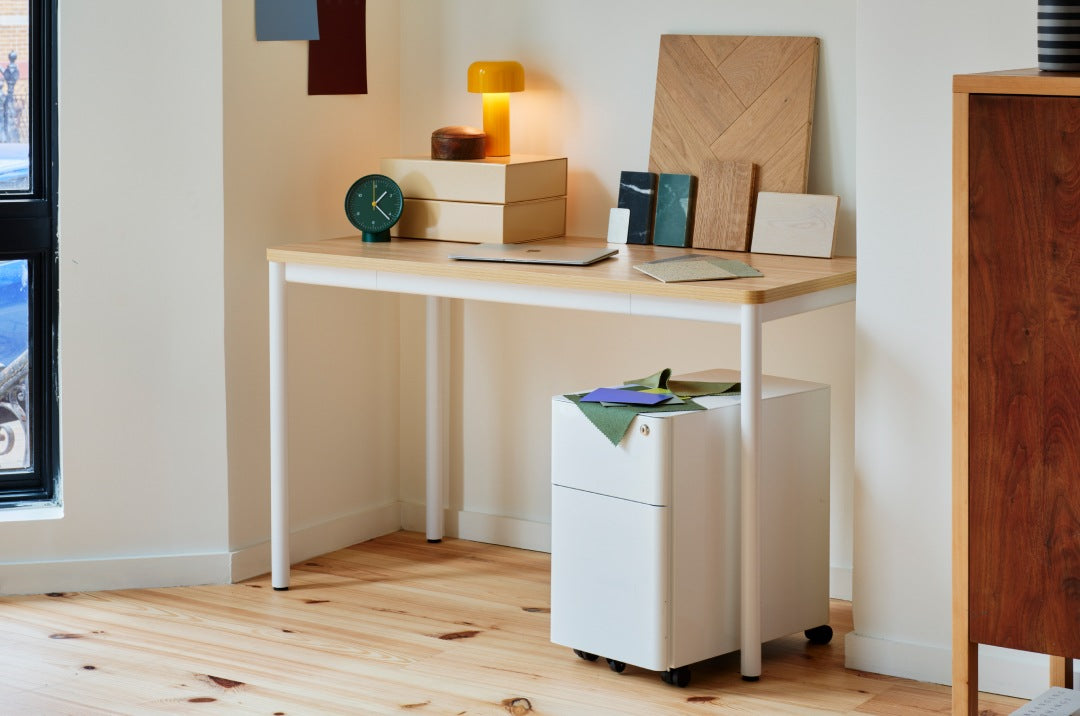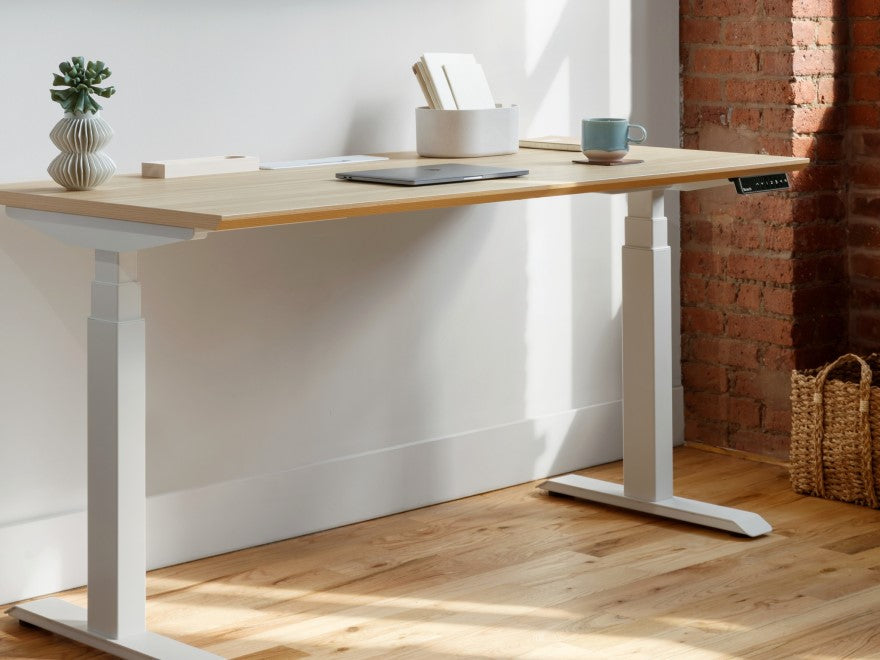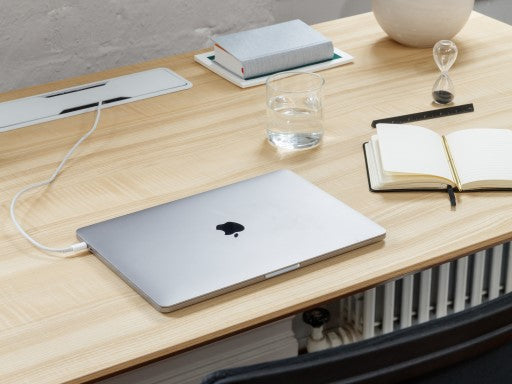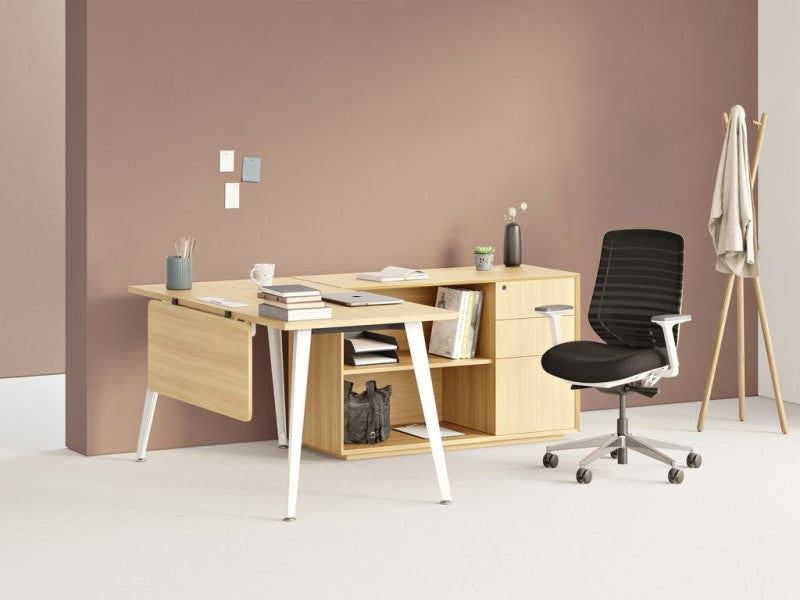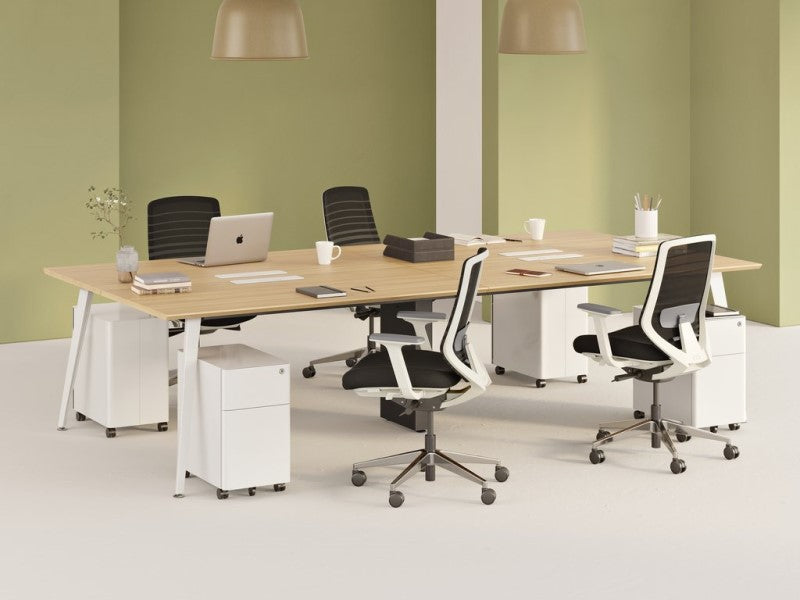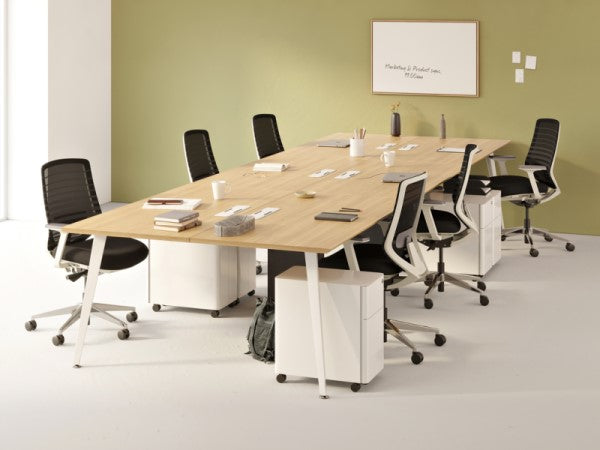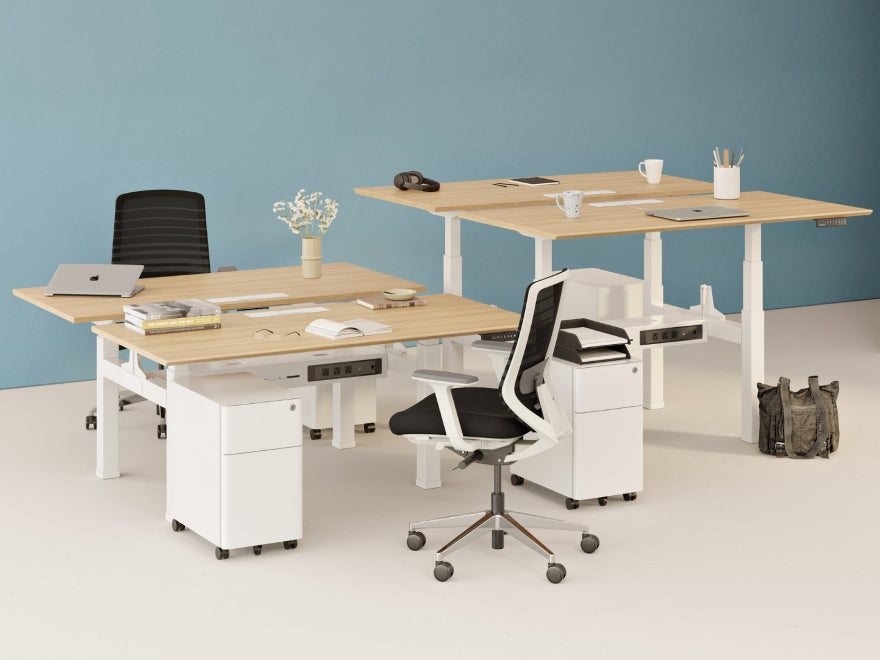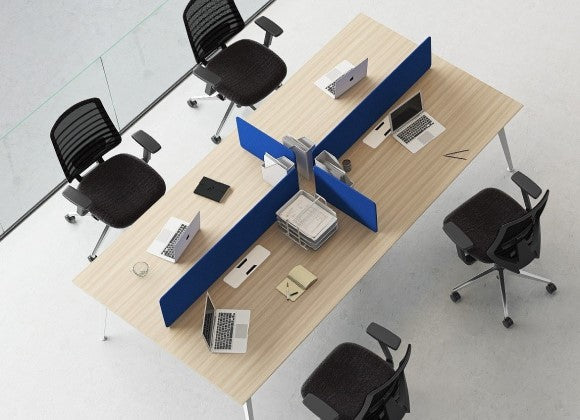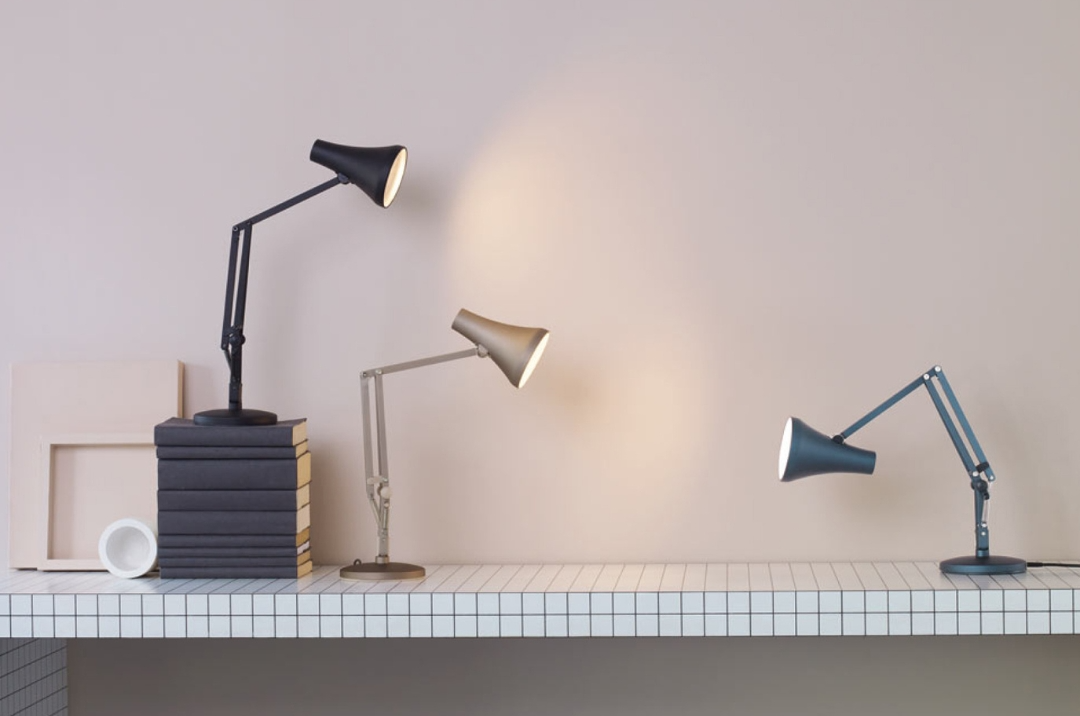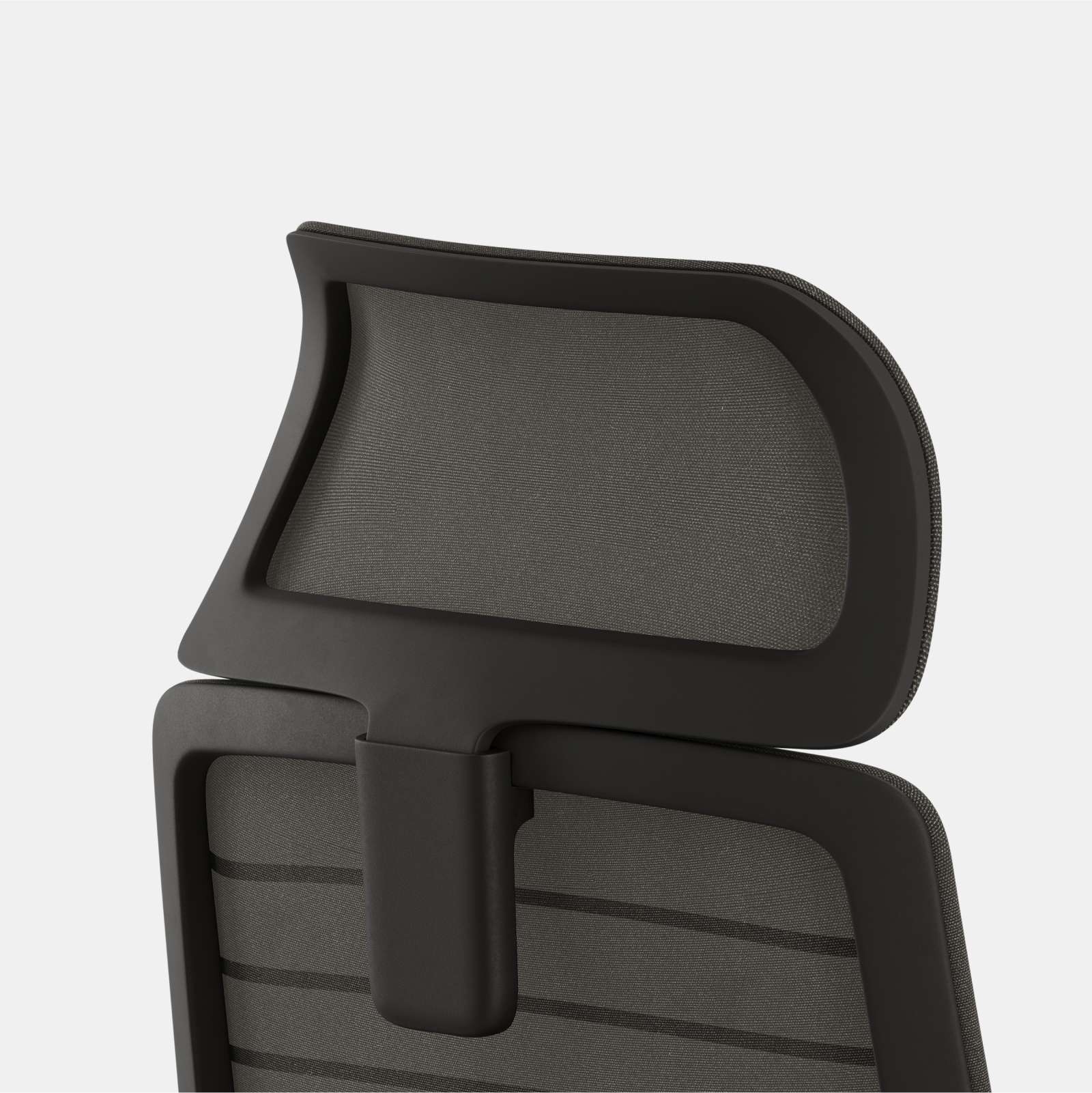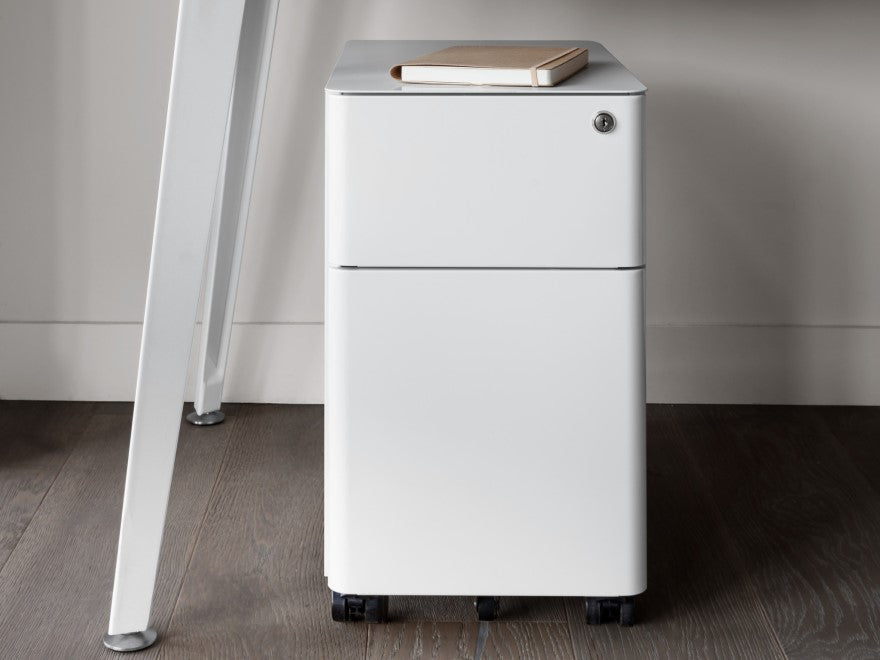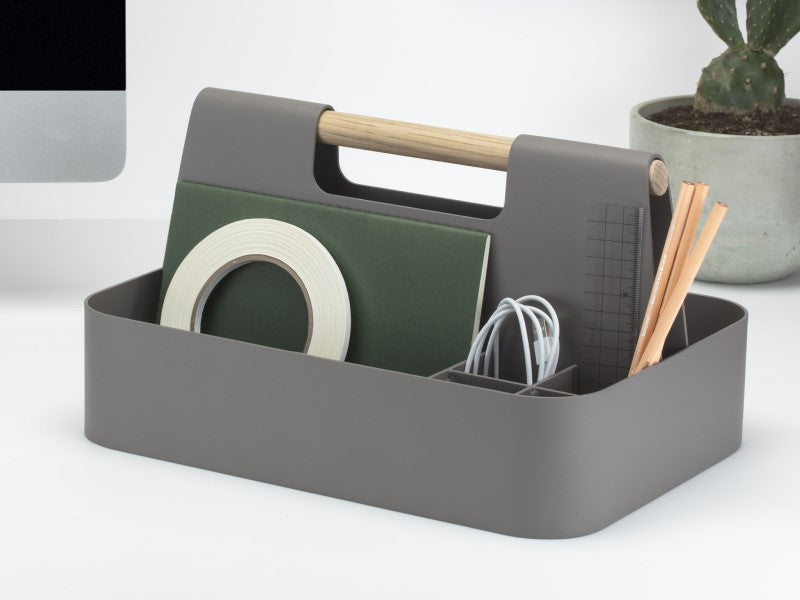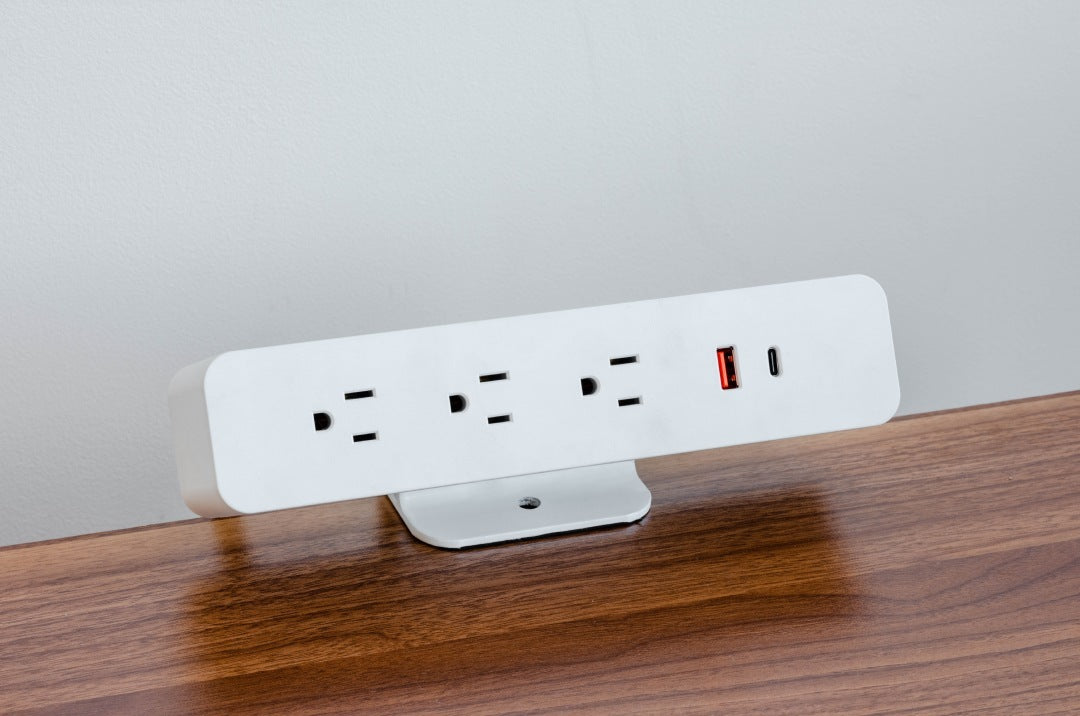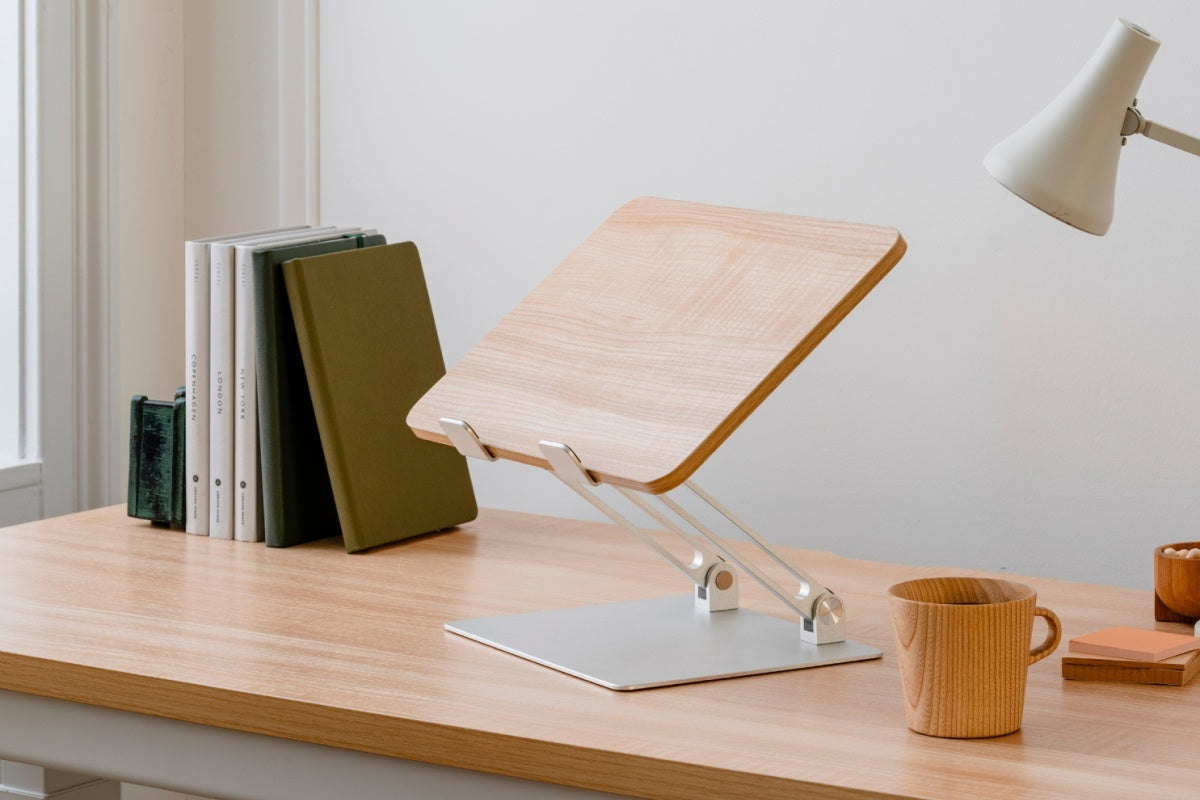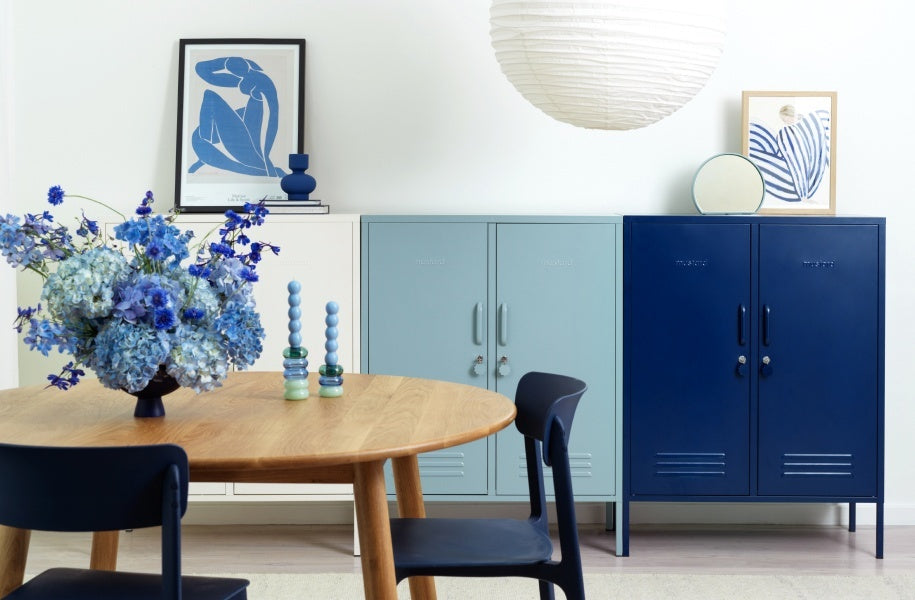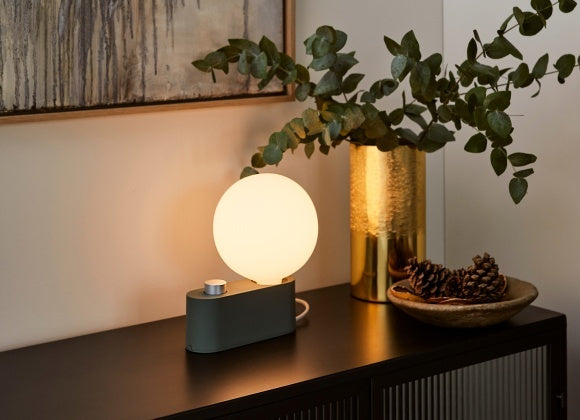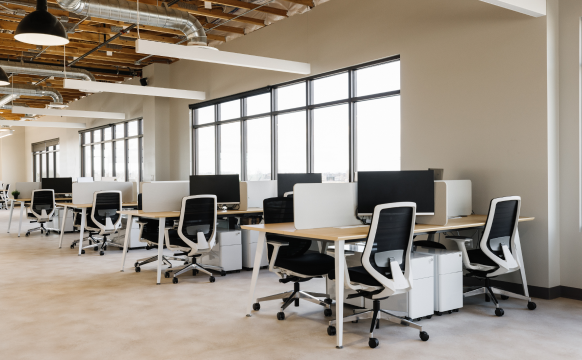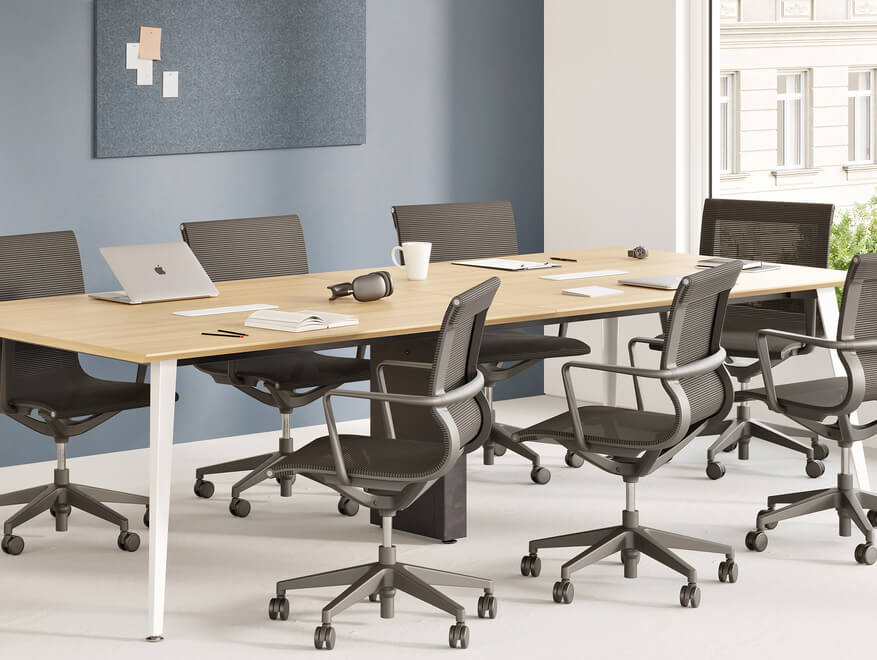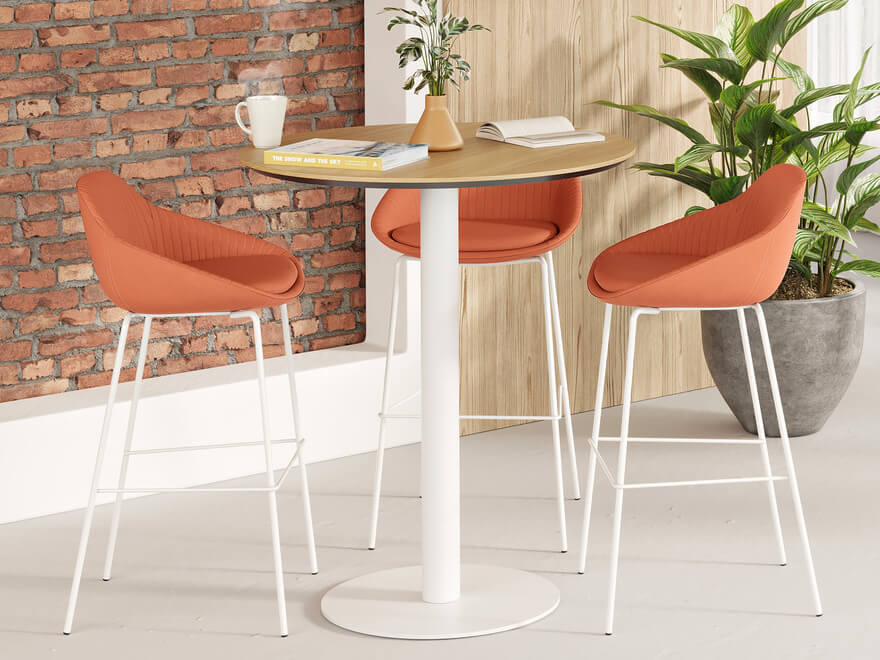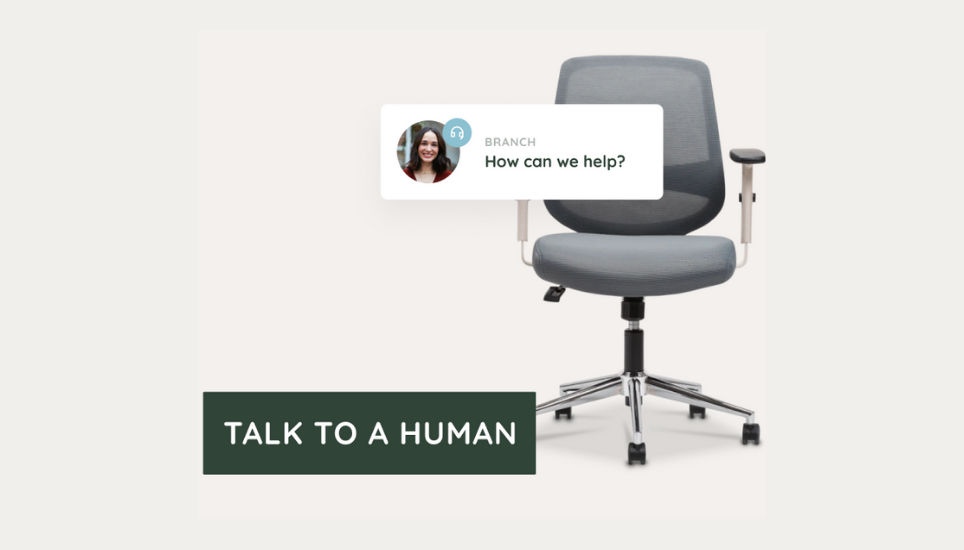Use this guide to learn the pros and cons of an open office layout as well as the essential points to consider when planning your space.
Open office layouts have been around for decades, and they've only grown in popularity over the years. This approach breaks down the walls, emphasizing an open space with large, shared tables to encourage communication. In addition to helping save space and money, open office layouts are easier to design with better space efficiency.
In this guide, we'll cover the basics of an open office layout, complete with pros and cons to help you make the right decision for your business. After that, you'll find a list of critical considerations to make it easier to create the best open layout for your space.
What Is an Open Office Layout?
Open office concepts are common in creative and tech companies that rely on face-to-face teamwork in fast-paced environments. They're also popular with small businesses that need to make the most of every square foot. The classic cubicle design for many has been swapped with a shared work environment.
Open office designs work well for accommodating a hybrid workforce, which is quickly becoming the new norm for office workers as offices reopen after COVID-19 lockdowns. Open workspaces allow employees to find a spot when they're in the office environment without leaving an empty cubicle or private office on days that they're working from home.
Instead of individual workstations, most open office layouts use large tables with chairs along either side, so multiple employees can use and share the space. These tables may feature low partitions and even some higher desk partitions to help employees focus, but it's more common to see tables without partitions. Alternatively, you might line up desks side-by-side.
Pros and Cons of an Open Office Layout
Choosing the best office layout for your business isn't always easy. You'll see hundreds of ideas online, but it takes an in-person understanding to decide what will work best in your office.
Here are some of the pros and cons of open office spaces to help ensure you've picked the most advantageous layout.
Pros
The primary appeal of an open office layout is that it is flexible and can be reconfigured easily for expansion or contraction. It can also:
- Help employees make decisions faster
- Improve communication and encourage face-to-face interactions
- Inspire creativity and innovation
- Make small working areas feel more spacious
- Reduce office furniture costs and square footage requirements
Businesses ranging from startups to Fortune 500 companies can benefit from these pros. This is especially true if you're located somewhere with high real estate costs (e.g., New York City or Los Angeles).
Cons
While they're pretty common and can attract talent, open office layouts do include potential cons, such as:
- Lack of privacy and secure storage for employees
- Higher noise levels, which can distract some workers and reduce productivity
These drawbacks have workarounds, such as partitions, lockers, and quiet spaces for employees who need them. However, they may be more of an issue for some employees than others, so it can be helpful to talk to your team about their concerns while developing your open space plan.
Alternative Office Designs
If you decide that an open office layout isn't suitable for your business, a cluster or hybrid layout might be better.
A cluster layout adds more privacy while allowing you to group employees together. It typically uses quad desks to seat teams together for easier teamwork.
On the other hand, a hybrid design can include a little bit of everything. For example, you might add some open space desks as well as cubicles, clusters, and even private offices.
Crucial Considerations for an Open Office Layout
Designing an office layout can feel overwhelming, but it gets more manageable with a list of key points to consider. Here are the essentials to help simplify creating your open office layout.
1. Assess Your Space Requirements
The type of work your employees do will determine how much space you need for your open floor plan. For example, you may just need workspaces, or you might require a photo studio area, private call zones, and more. Consider how your teams work and what their needs are to make it easier to estimate how much space you'll require.
You'll want to include conference rooms, lounge areas, and any other rooms you'll need in your estimations. Many small businesses use a conference room as a multipurpose space, perfect for team huddles and more.
2. Address Noise Control, Privacy, and Security
To address the drawbacks of an open office layout, you'll want to tackle noise control, privacy, and security.
We mentioned partitions earlier, and these can help employees focus. For example, you might have some tables with no dividers, some with low partitions, and some with high partitions, allowing employees to choose what's best for them.
Creating private spaces that employees can retreat to also helps. Employees might use these quiet spaces in the office as a spot for phone calls, working on important projects, or just some relaxation time to maintain their wellbeing. Some offices include privacy pods, sofas, and a few individual desks to give employees variety.
Lockers and locking drawers can help solve storage issues employees experience. And if employees find that they need more, a wellness-focused company culture with the option to speak with human resources about extra accommodations should cover your bases.
3. Offer Standing Desks
An open office provides adaptability and scalability that you can take advantage of to improve employee retention and satisfaction. One way to do this is with furniture that's as flexible as your office layout. For example, adjustable standing desks fit the bill since most can raise from sitting to standing height, allowing the employee to switch between the two as needed.
Double standing desks make it easy to create clusters for employees who'd like the option to switch between sitting and standing. In addition to adding standing desks to the main area of your open office, you might also provide them in quiet spaces for those who need help focusing.
The benefits of a good standing desk include improved performance, better moods, more movement, and a lower risk for chronic pain conditions. Standing desks have also been shown to boost workplace productivity by up to 46%!
4. Focus on Ergonomics
Physical ergonomics in the office refers to the working environment's impact on employee physiology and anatomy. It can help prevent musculoskeletal disorders, ease discomfort, and make it easier for employees to focus on work.
You might consider ergonomic chairs, desks, and monitor setups. For example, monitor arms allow employees to keep their computer monitor at eye level regardless of their height. And standing desks minimize the risk of issues like sitting disease, which is caused by spending too much time in a seated position each day. Sitting disease is associated with issues like neck and shoulder pain, diabetes, and more.
Ergonomic office chairs are perhaps the most crucial element. They can reduce the likelihood of developing back pain, strained muscles, and carpal tunnel syndrome. And they're available in a range of styles — from task chairs to executive chairs.
5. Add Plants and Natural Light
Open office layouts don't have cubicles and walls blocking out the natural light from windows. This allows for a brighter office space, improving mood, energy, and productivity for your employees. If you don't have the option for natural light, try using warm, bright lighting throughout the office.
Another advantage of an open office layout is higher interior design visibility. This can allow all employees to reap the benefits of indoor plants, which may increase worker productivity. You can start by adding easy-care options (e.g., snake plants and spider plants) throughout the office.
Large planters and plants can also serve as sound barriers between spaces, helping to section off areas within an open office layout. This approach can be helpful around quiet spaces, conference rooms, and private offices.
Ready to Design Your Office Space?
Whether you're moving into your first office or updating your existing space, an open office layout can save you money while creating an adaptable workspace. In addition, you'll be able to reduce your square footage requirements, improve communication, and make the most of small spaces.
We know that designing your office is time-consuming. And since time is a commodity that many business owners lack, we're here to help. Our Design My Office feature can make your job easier. It'll provide personalized office furniture recommendations after asking you a short series of questions about your corporate office and employees.
Plus, your office furniture will match, and you can feel confident that you didn't forget any of the essentials. Of course, if you'd rather do the shopping yourself, you can head over to our selection of corporate office furniture to find what you need. We're always here to help!
On new furniture, exclusive sales and more.
My Office
Your cart is empty.

